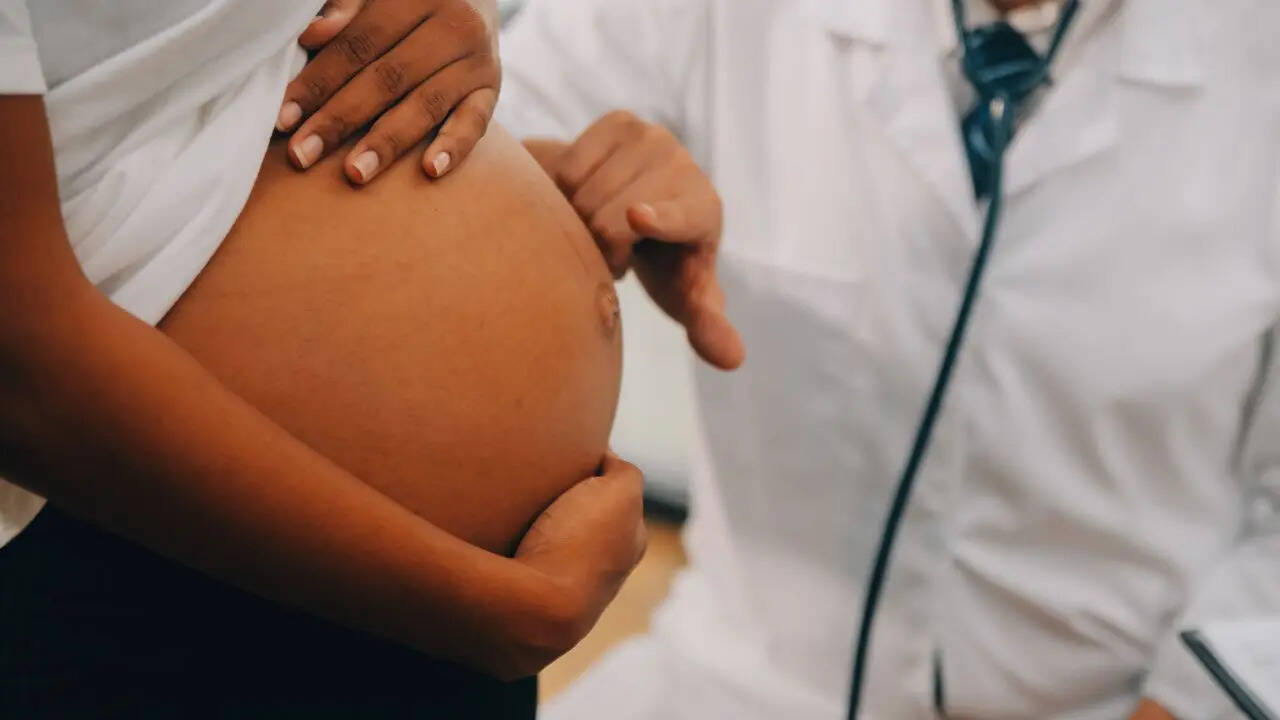WHO Releases New Guidelines To Reduce Deaths From Postpartum Hemorrhage

Credits: Canva
SummaryLeading health organisations, including WHO, have released new guidelines to prevent and treat postpartum hemorrhage (PPH), a major cause of maternal deaths worldwide. The recommendations introduce earlier diagnostic criteria, lower blood loss thresholds, and the E-MOTIVE intervention bundle to improve outcomes.
End of Article
